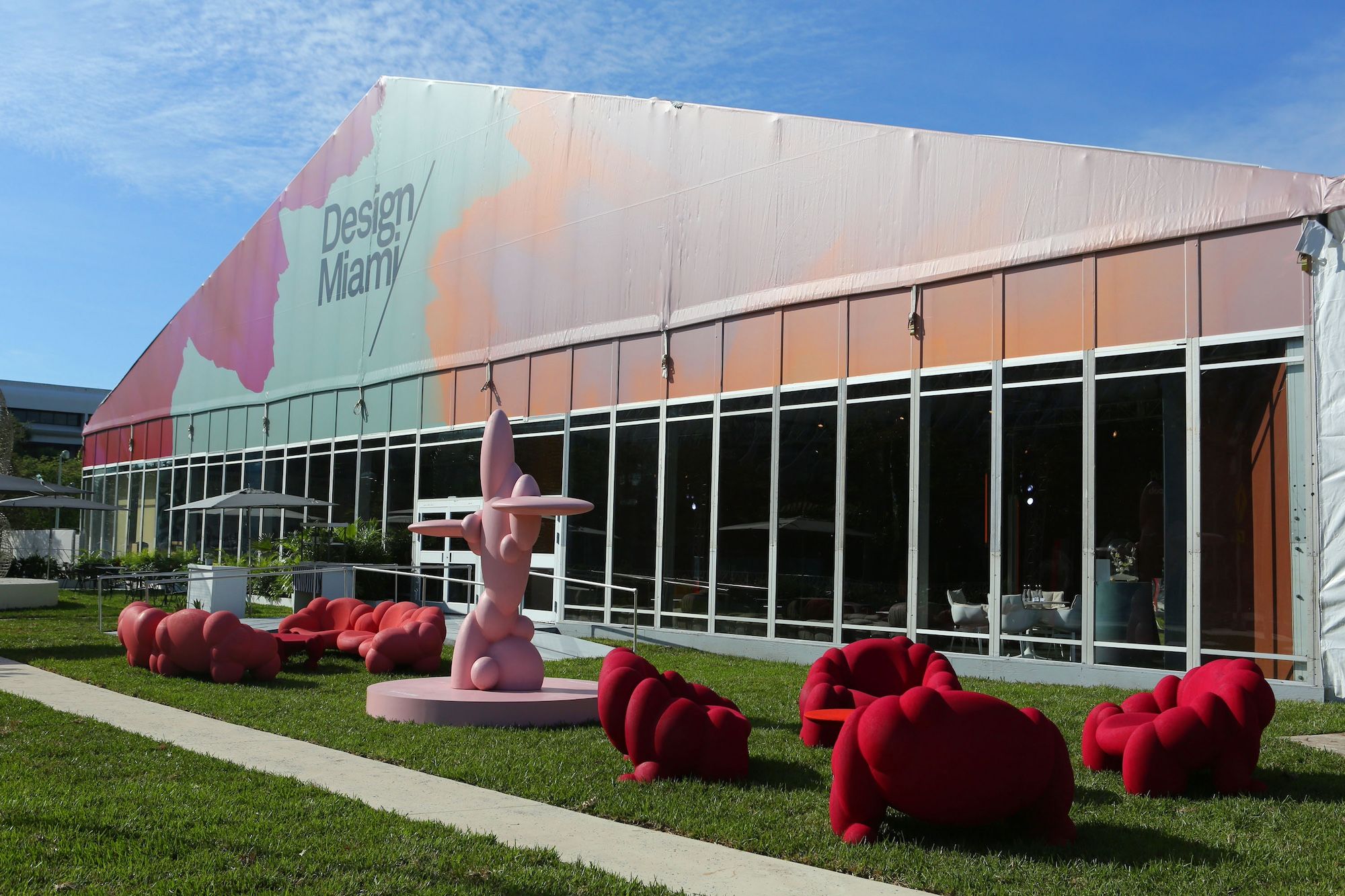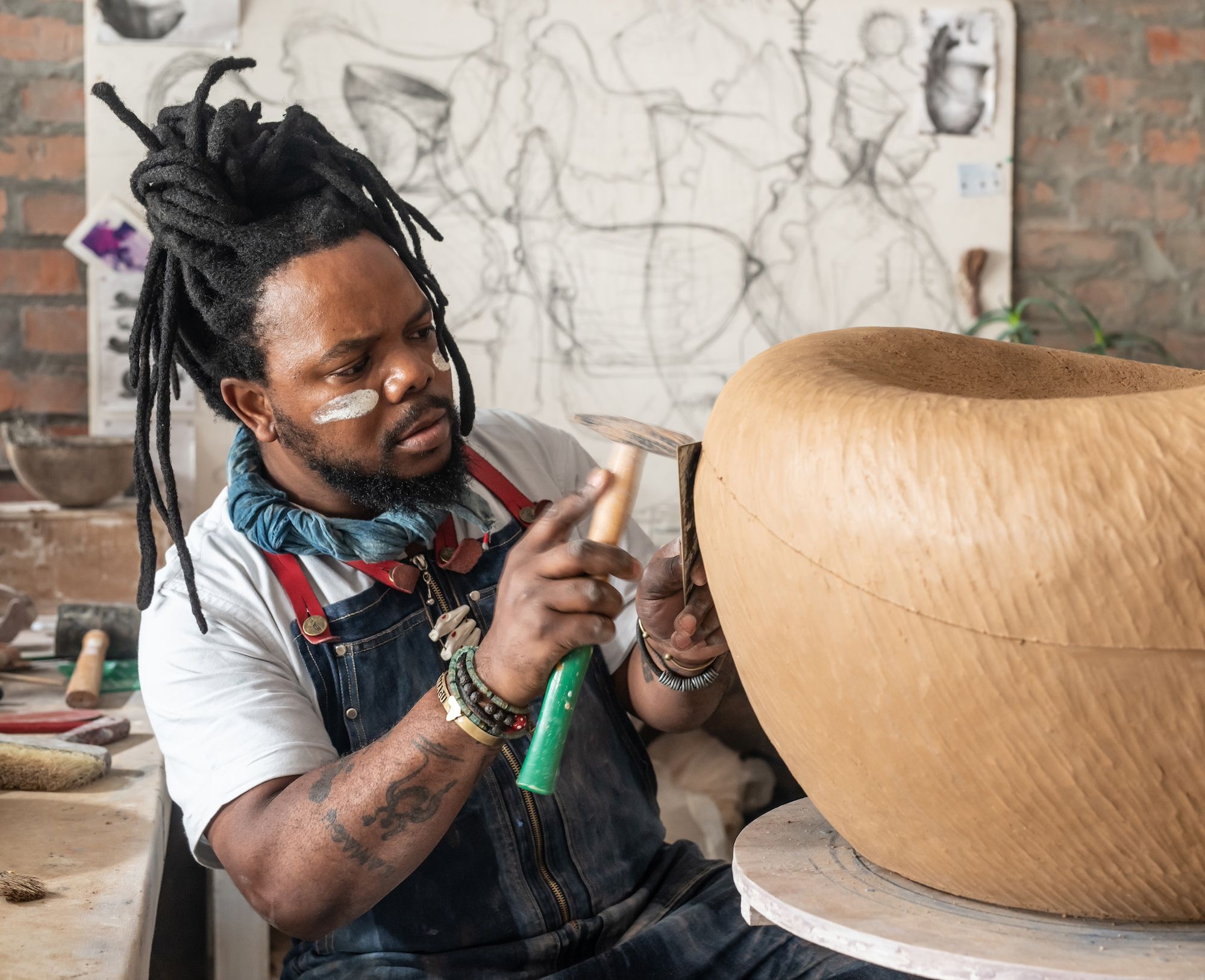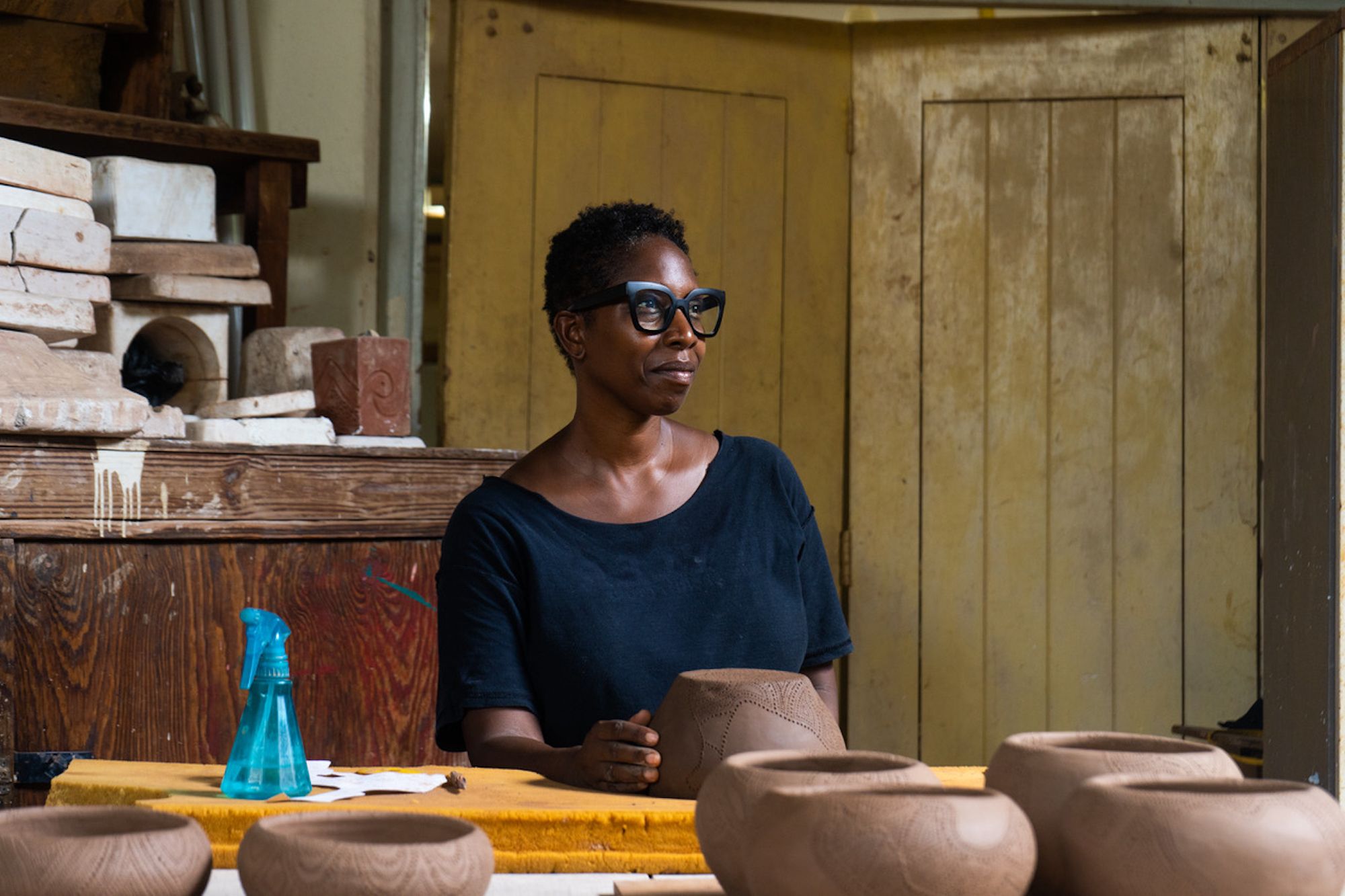SPOTLIGHT: WHERE WE STAND NOVEMBER 22 2023
by Wava Carpenter
The Ethiopian-American artist-designer on the power of design to enhance, preserve, and expand knowledge
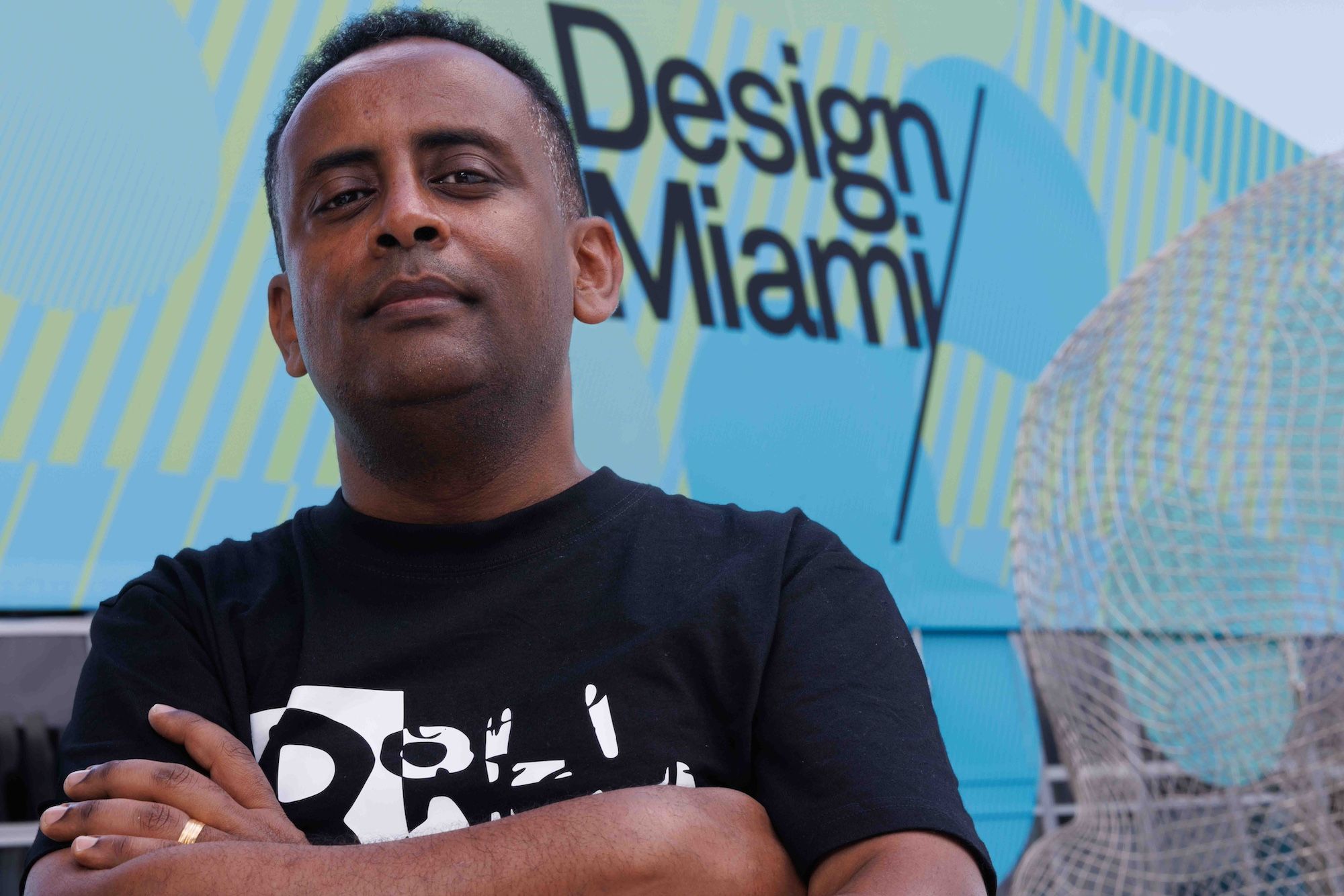
JOMO TARIKU/ AT DESIGN MIAMI/ 2022
Photo © Indrias Getachew Kassaye
To augment the Design Miami/ 2023 curatorial theme Where We Stand, we’ve put together an editorial miniseries featuring interviews with exceptional creatives whose practices exemplify future-facing, socially engaged, and narrative-driven design approaches. These thought-provoking design thinkers all have works on view in the upcoming fair and, for this series, have responded to our queries with edifying insights into design’s role in strengthening our connections with one another—something the world could use a lot more of right about now.
Today, we hear from Virginia-based, Ethiopian-American artist-designer Jomo Tariku. Since launching his first collection in 2017, Tariku has become a highly respected voice in contemporary design discourse, esteemed for both his finely crafted furniture designs rooted in Africa’s rich cultural heritage and his data-driven research. Starkly illuminating the furniture industry’s appalling lack of diversity, Tariku revealed that, as of 2020, less than one-third of one percent of furniture produced by leading international brands is created by Black designers.
Represented by Wexler Gallery, Tariku’s work can be found in a number of major museum collections, such as the Dallas Museum of Art, Philadelphia Museum of Art, National Museum of African American History and Culture, Metropolitan Museum of Art, and Los Angeles County Museum of Art, among others. Notably, Tariku’s work was also included in the set designs of the 2022 blockbuster film Black Panther: Wakanda Forever as well as in Sheila Bridges’ interior designs for Vice President Kamala Harris’ residence at the Naval Observatory in Washington, D.C. Scroll on for his reflections on some of the questions animating the Design Miami/ 2023 Where We Stand theme.
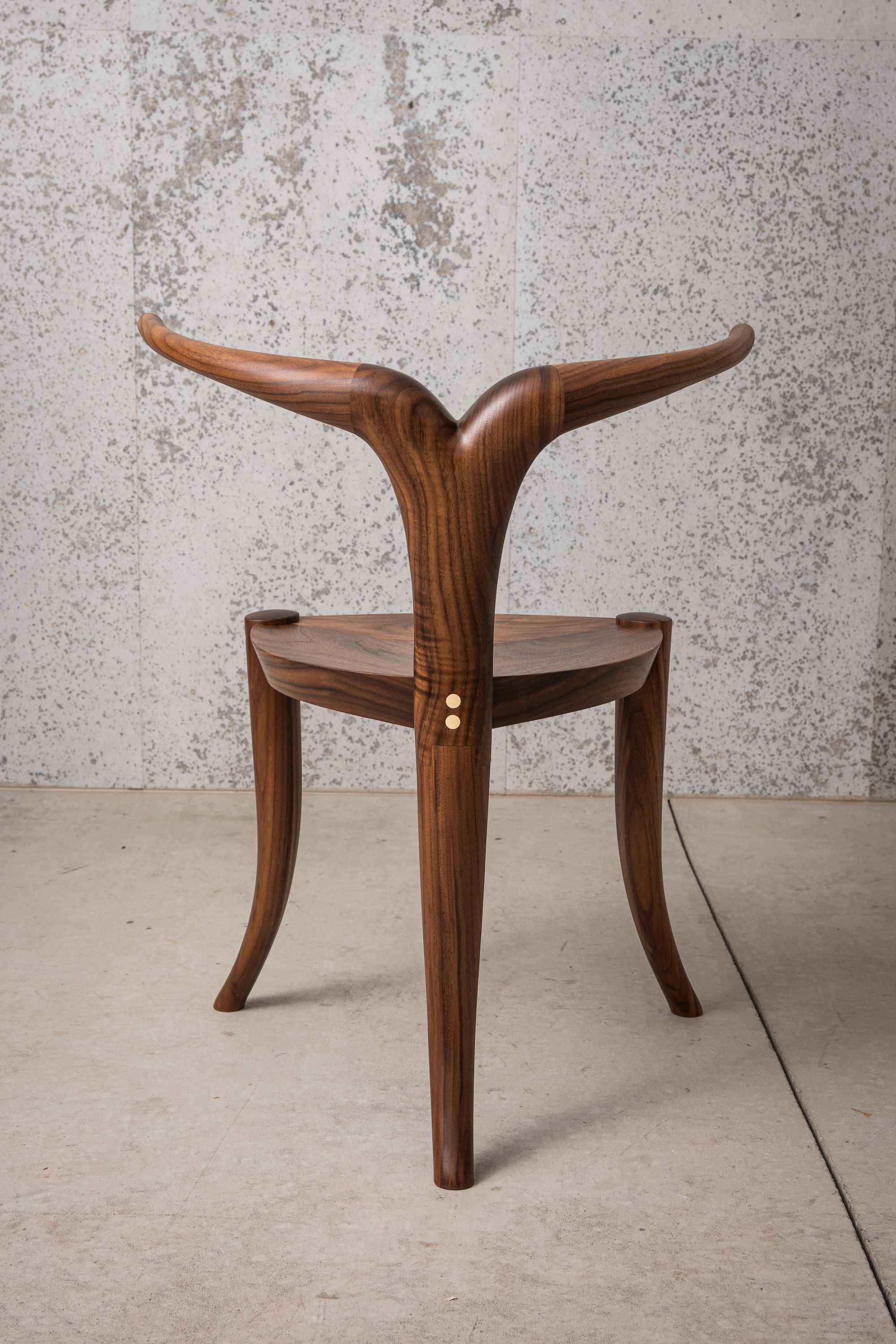
JOMO TARIKU/ NYALA CHAIR, 2017-2022
Photos © Justin Nelson
Wava Carpenter/What role does storytelling play in your practice?
Jomo Tariku/Inspired by my heritage, my designs re-imagine various traditional African objects and concepts, such as headrests, stools, religious items, architecture, hairstyles, languages, stories, and endangered wildlife. This approach allows me to create distinctive pieces while conveying the embedded meanings and cultural significance of each source of inspiration within its original context.
By exploring the recent and distant history of the African continent, my work becomes a celebration of diverse contributions that emphasize the importance of acknowledging and honoring the broader cultural context. I aim to pass on a rich legacy rather than solely focusing on my own creations. Sharing the complete narrative—from the inspiration to the making process and the final piece—is integral to my artistic practice.

JOMO TARIKU/ WITH HIS NEW ZAGWE WARDROBE, TO BE UNVEILED AT DESIGN MIAMI/ 2023
Photo © Indrias Getachew Kassaye
WC/How can design help us navigate this divided moment?
JT/The existing divide is not a recent development; it has persisted over time, despite the current (mis)perception that issues have been addressed. While there is significant buzz around these issues, the data does not support the idea of substantial resolution. It is essential to recognize changes, albeit not necessarily at the desired pace due to concerns about regression to the status quo.
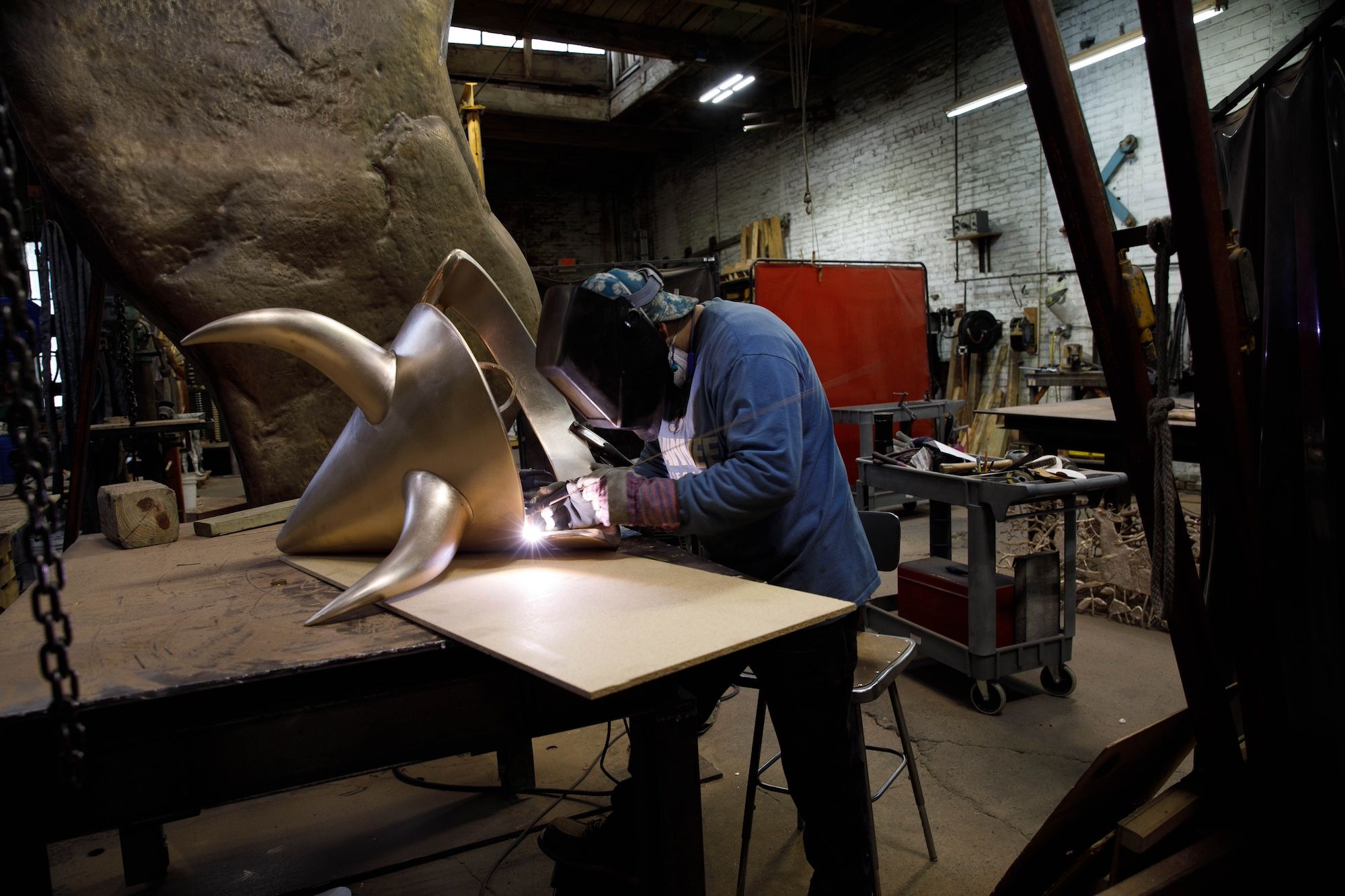
JOMO TARIKU/ WORK IN PROGRESS ON TARIKU’S KUNDUNG PEMBE CHAIR, TO BE UNVEILED AT DESIGN MIAMI/ 2023
Photo © Indrias Getachew Kassaye
WC/What changes are most urgently needed in the way design is practiced, discussed, and valued today?
JT/It starts with prioritizing inclusivity and promptly addressing industry shortcomings to spare future generations from the challenges that I and many others have faced. The profession needs a remedy for its lack of understanding and empathy. Responses like “design should be about merit” often undermine the work of Black artists and designers and imply a lack of merit in their portfolios.
There are numerous suggestions for industry improvements. These represent just a few actionable steps that initiatives and organizations can undertake: fund inclusive design programs; engage in the proactive recruitment of minority practitioners outside of existing social circles; embrace the consistent promotion of practitioners in the educational silo year round; and incorporate diverse perspectives into standard curriculums. Collaborating and engaging with groups such as the Black Artists and Designers Guild and creating opportunities for global and local designers who lack financial backing can further enhance industry inclusivity.
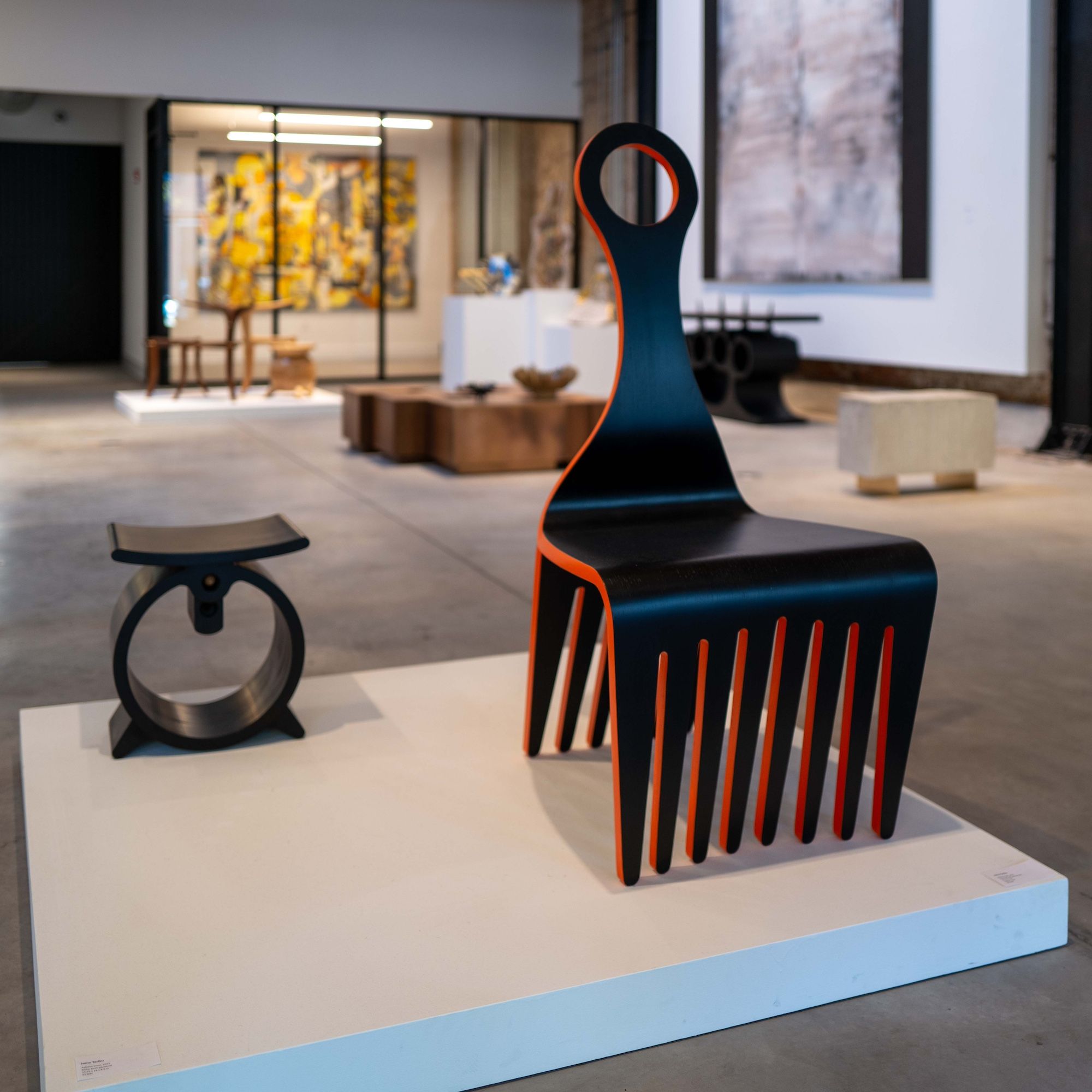
JOMO TARIKU/ ASHANTI STOOL AND MEEDO CHAIR, ON VIEW AT WEXLER GALLERY IN 2023
Photo © Indrias Getachew Kassaye
WC/How can looking to our roots—heritage, community, the land beneath our feet—inform our way forward?
JT//Life is an ongoing thread woven through the many generations that have come before us. Ancestral knowledge is embedded in this fabric—evident in the weavers’ creations, language, and culture. As current custodians, our responsibility is to enhance, preserve, and expand this wealth of knowledge, ensuring the transfer of knowledge to future generations. This approach underscores the significance of discussing the design canon. Exclusion jeopardizes the proper documentation and trajectory of Black artists and designers' creativity, leading to the absence of their work from crucial archives and institutions.
Stay tuned for more Where We Stand interviews in the coming days.
This editorial series was conceived and curated by Anna Carnick and Wava Carpenter of Design Miami and Anava Projects as an exploration of the Design Miami/ 2023 curatorial theme Where We Stand.
About Where We Stand: Reflections on Place, Purpose & Community: Objects are anthropological markers of time and place. Through material, process, and form, every object tells a story—not only of the makers and societies responsible for their creation, but also of the human experience more broadly. Responding to the complexities that define our current timeline, Where We Stand explores the storytelling power of design and, in turn, its potential for nurturing connectivity. As we celebrate objects from around the globe inspired by place, identity, and heritage, we hope to prompt questions—and potential answers—to help us navigate this complex, polarized period in history: How do objects narrate human progress? And how can we harness the beauty and power of our most intimate, rooted bonds, individually and collectively, to realize a more perfect world to call our own?
Click here to purchase tickets to attend Design Miami/ 2023, open to the public December 6-10 at Convention Center Drive & 19th Street in Miami Beach.
